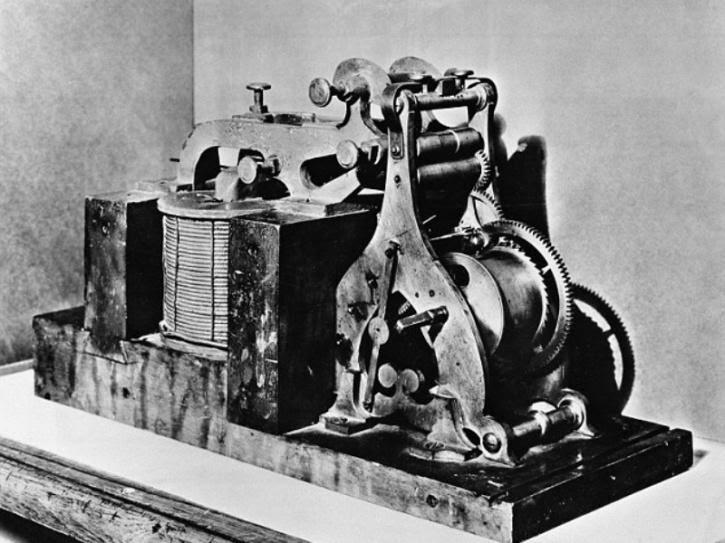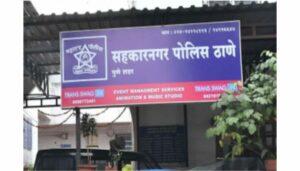From Mumbai to Pune: Today In 1854, First Public Telegram/Taar Was Sent In India

Pune, April 27, 2020: The first Telegram or Taar, as it was popularly called in India, was sent from Mumbai to Pune on this day in 1854. For 160 years, Taar was the fastest mode of communication in India bringing urgent messages. Since 1850 to 1902, the telegrams were sent through cable lines, but in 1902, the Indian system went wireless. 15th July 2013 was the last day of Telegram service in India.
There was a time when Telegram was the medium to send messages to your acquaintances from far away country at the earliest. It served as a messenger for the troops stationed on the border and the remote people. Most appointment letters or transfer orders came by telegram. The telegram receipt has also been presented as evidence in court. A telegraph is a device used to send a message or Telegram.
Telegraph idea
A total of 22 people are involved in bringing the concept of Telegram to the ground. Modern wire service is said to have been the brainchild of Samuel Morse, an American born on April 2, 1791. He was originally a painter. In 1825, while he was working on his painting in New York, he received a letter from a horseman about his wife’s illness. By the time they reached home, the wife had died. Morse was so hurt by the incident that he went on a wire service mission from the same day.
Dash dot system
The era of Morse was of the industrial revolution. This was a period when large inventions were taking place in Europe and America. It was during this time that Samuel Morse’s ‘Dash-Dot’ system came to be known as Morse Code. This system is used in wire service. With this, information can be sent anytime and anywhere instantly through special signals. In this way, telegram played a big role in the Industrial Revolution. Morse’s eponymous telegraph is housed at the Smithsonian Institute (where the National Museum of American History is located). Morse Code is valid in the world and became the primary language of telegraphy.
India’s first Telegram
The first telegraph message in India was sent from Kolkata to Diamond Harbor on 5 November 1850 on experimental basis. In the year 1853, the first telegram service in the country started between Agra and Kolkata. In addition to sending messages and sending documents by the British government, telegrams were also demanded from abroad by putting submarine cables in the sea. Agra was Asia’s largest transit office when Telegram service started. The British East India Company used the Telegram and in 1854 the services were opened for public after telegraph lines were laid across the country.
British used Telegram to crush 1857 Revolution
The British also used telegram to crush the spirit of our revolutionaries. It is recorded in history that when our troops from Meerut left for Delhi in the revolution of 1857, the Lothian Road Office of Delhi got its prior information by telegram. Due to this telegram, the revolution was damaged.
Why Telegram bid farewell?
In the 1990s, Indian telecommunications company Bharat Sanchar Nigam Ltd. (BSNL) took over the country’s telegraph system from the Indian postal service. But the increasing dominance of email and SMS continued to take its toll on the newly privatized telegraph. In 2006-07, around 22,000 telegrams were sent across the country daily. This figure reached 5,000 per day in 2011-12. In 2013, Telegram service was stopped. Telegraph machines (Morse) were finished about 17 years ago. These were replaced by computers. The most necessary and fast medium of communication of its time had to bid farewell to the modern era Email, WhatsApp. Efforts were made to save it, but despite ‘upgrading’ it in 2006, Telegram did not attract ‘net-savvy’ people. On the other hand, the postal department was incurring losses, which was steadily increasing. Its rates were increased in 2011 after nearly 80 years to make up for the growing losses. For 50 words, the rate of 3 rupees was changed to 27 rupees, but even this could not save it.






